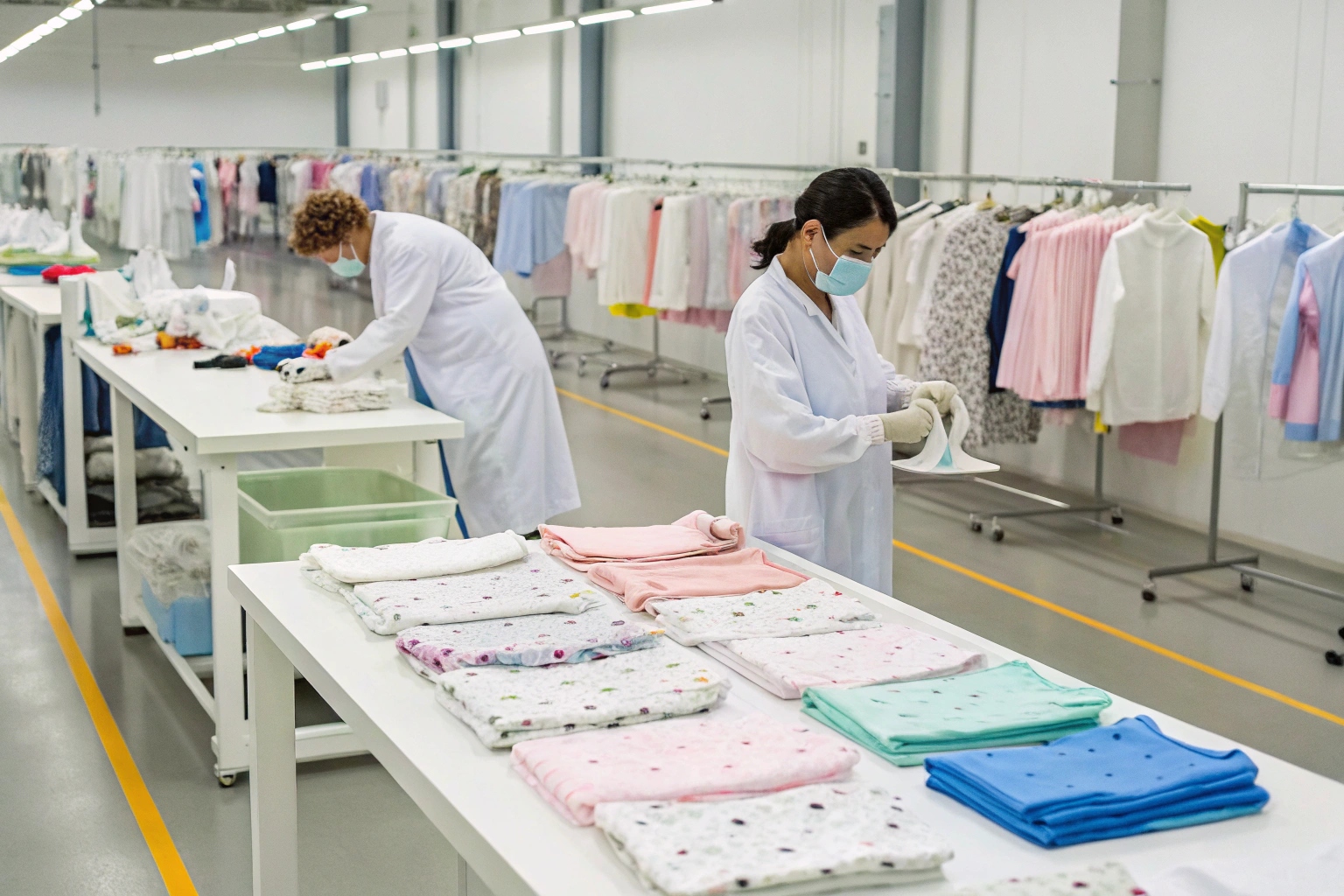The babywear market has witnessed tremendous growth worldwide, and with parents becoming more conscientious about the quality and safety of the products they purchase, the demand for baby clothing that adheres to strict international safety standards has increased. However, before you can successfully sell baby clothes in different countries, it's crucial to ensure your products meet specific testing and certification requirements. In this article, we will explore the testing procedures and certifications required for selling babywear internationally, focusing on key markets like the U.S., Europe, and other regions.
So, what testing is required when selling baby clothes internationally?
When you're selling baby clothes internationally, you must ensure that your products comply with various regulations, including product safety testing, certifications, and quality control inspections. Each market, whether it's the U.S., Europe, or other regions, has its own specific set of safety standards that you must meet to ensure your baby clothes are safe for infants and children. In this article, I will walk you through the essential tests and certifications required to make sure that your babywear complies with international safety standards.
Do I need certificates for selling baby clothes in the US?
Selling baby clothes in the U.S. is more regulated than most other markets, and manufacturers must comply with strict safety standards set by government bodies like the Consumer Product Safety Commission (CPSC). Many buyers in the U.S. will only work with suppliers who can provide the necessary certificates that confirm the safety and compliance of their products.
Do I need certificates for selling baby clothes in the US?
Yes, if you're selling baby clothes in the U.S., you will need to obtain a few key certifications to prove the safety and quality of your products. The two most important certifications are the Children’s Product Certificate (CPC) and compliance with CPSC regulations. Both certifications ensure that your products meet specific safety and material requirements necessary for infant clothing.
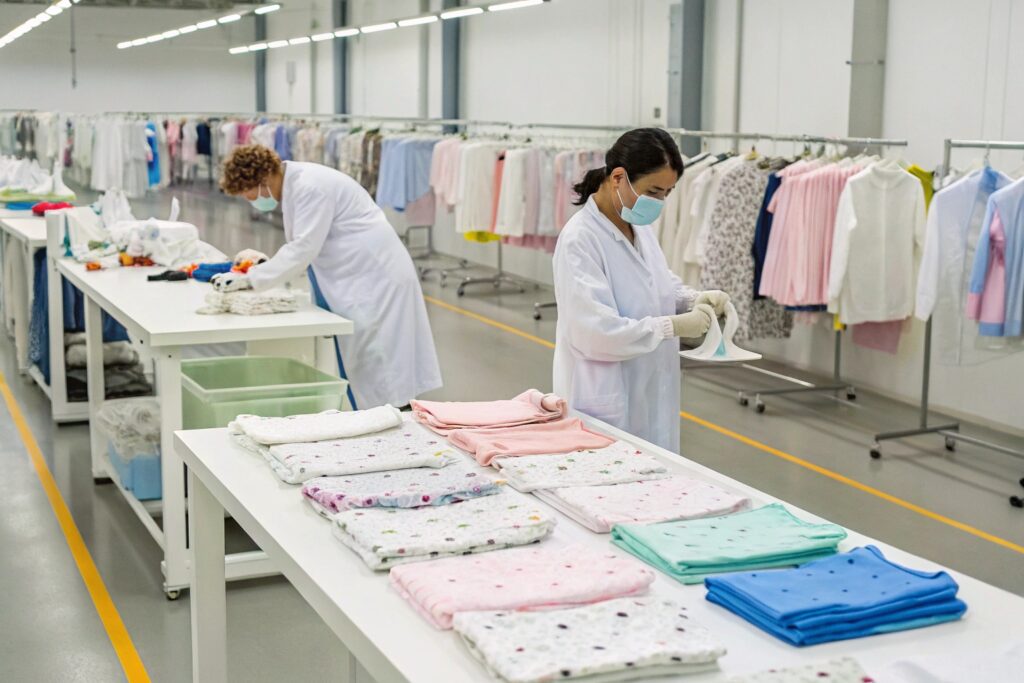
What are the required certifications for selling baby clothes in the US?
To sell baby clothes in the U.S., manufacturers must comply with the safety regulations set forth by the CPSC, which include conducting a series of safety tests on textiles, garment designs, and labeling. The main certifications you will need are the Children’s Product Certificate (CPC) and confirmation of compliance with CPSC standards.
The CPSC mandates testing for certain materials used in baby clothes, particularly those that could pose a suffocation or choking hazard, such as buttons, drawstrings, or small decorative items. Additionally, baby clothes must undergo testing for harmful chemicals, including lead and phthalates, which are toxic to children and infants. After the testing process is completed, manufacturers are required to issue a Children’s Product Certificate (CPC), which certifies that the product meets the required safety regulations.
What are the penalties for selling non-compliant baby clothes in the US?
If you fail to obtain the necessary certifications or sell non-compliant baby clothes in the U.S., you may face severe penalties. These penalties can include fines, product recalls, or even being banned from selling products in the U.S. market. Additionally, selling unsafe products can damage your reputation and lead to a loss of consumer trust. Therefore, it's vital to stay on top of safety regulations and testing requirements when selling baby clothes in the U.S.
What is CPSC compliant?
The Consumer Product Safety Commission (CPSC) is the U.S. federal agency responsible for regulating the safety of consumer products, including baby clothes. To be CPSC compliant, a product must meet the safety standards set by the CPSC to ensure it is free from hazardous materials and safe for infants and children.
What is CPSC compliant?
Being CPSC compliant means that your baby clothes meet all the safety requirements outlined by the Consumer Product Safety Commission (CPSC). These requirements are designed to reduce the risks posed by baby products, including ensuring that materials used in baby clothing do not contain hazardous substances, and that small parts like buttons or decorations don't present a choking hazard.
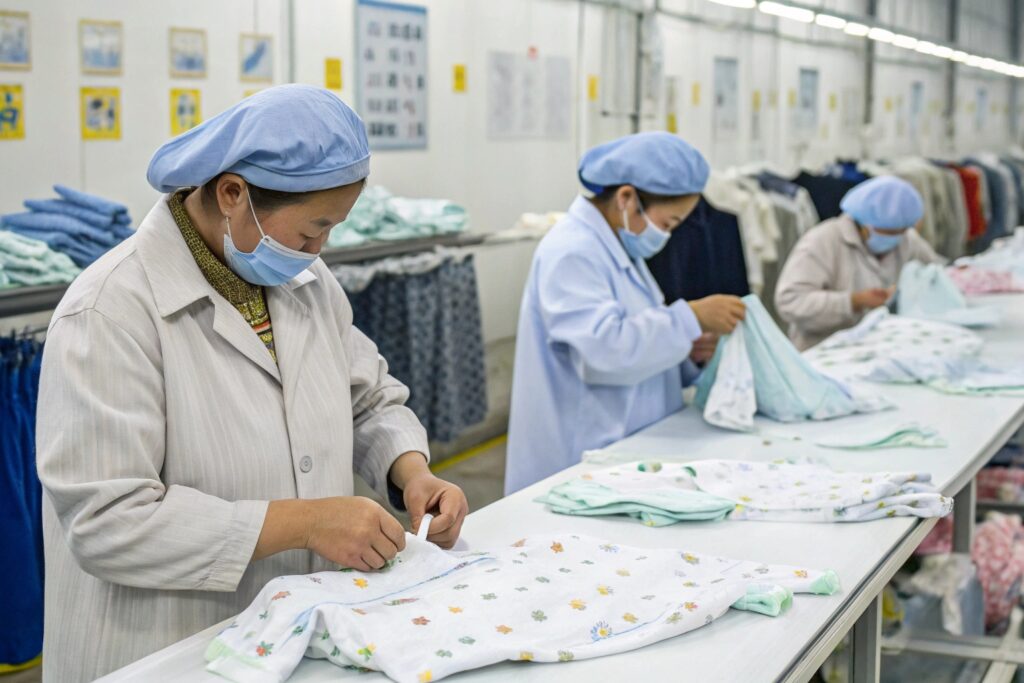
Why is CPSC compliance important for selling baby clothes?
CPSC compliance is essential because it ensures that baby clothes sold in the U.S. are safe for infants and children. The agency has put regulations in place to protect babies from products that may contain harmful chemicals, have sharp edges, or include small parts that could be choking hazards. Products that do not meet these safety standards are prohibited from being sold in the U.S., and failure to comply with CPSC regulations could lead to legal action or fines.
How do I achieve CPSC compliance for my baby clothes?
Achieving CPSC compliance involves a multi-step process, including testing for certain materials used in the garments, ensuring proper labeling, and testing for choking hazards. You must conduct testing for lead content, phthalates, and other potentially harmful chemicals. Once the product is tested and found to be compliant, you must issue a Children’s Product Certificate (CPC), which confirms that the product meets all CPSC regulations.
Is selling baby clothes profitable?
The baby clothing industry is a booming market, with millions of parents worldwide looking for high-quality, safe, and stylish clothes for their little ones. Selling baby clothes can be profitable, especially if you are able to navigate the complex regulations and meet the growing demand for safe, durable, and fashionable babywear.
Is selling baby clothes profitable?
Yes, selling baby clothes can be highly profitable, particularly if you focus on quality and safety. Parents are increasingly willing to spend a premium on baby clothes that are both safe and stylish. The demand for sustainable, eco-friendly, and organic baby clothes is also growing, which opens new opportunities for businesses in the babywear market.
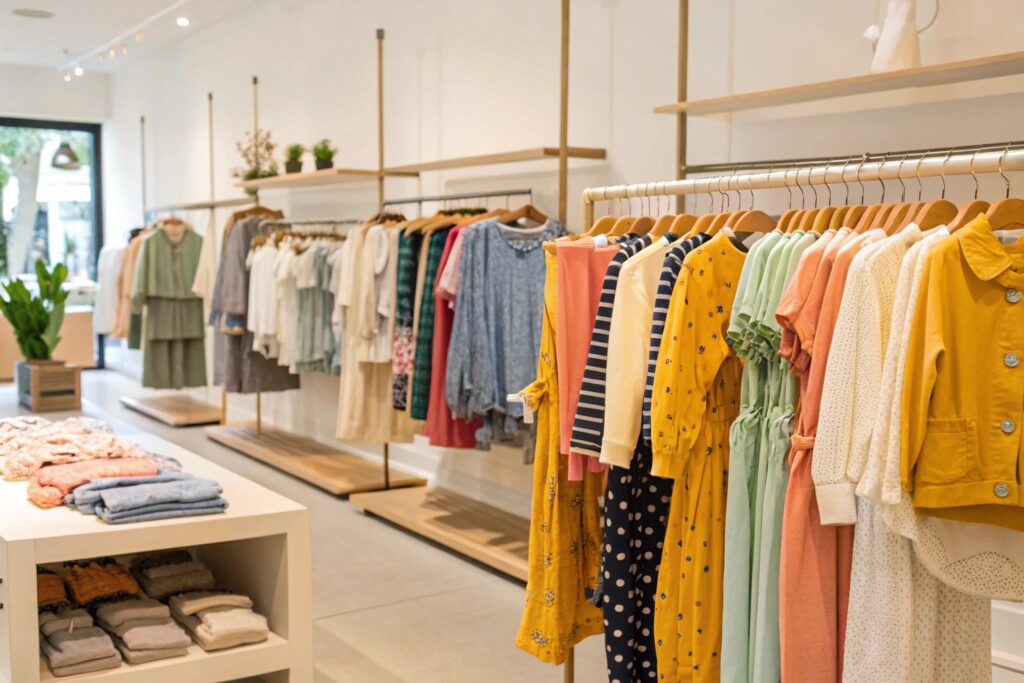
What factors affect the profitability of selling baby clothes?
Several factors contribute to the profitability of selling baby clothes. The quality of the clothing, the materials used, and your ability to maintain compliance with safety standards are all essential. The price point of your products also plays a significant role—while parents want the best for their children, they also need to stay within their budget.
In addition to product quality and pricing, your ability to market the products effectively will determine your profitability. Digital marketing, social media campaigns, and word-of-mouth can significantly impact your sales. Establishing a strong brand presence and reputation for offering safe, high-quality baby clothes will also contribute to customer loyalty, which is key for long-term success.
Can I increase the profitability of my baby clothing line?
Increasing the profitability of your baby clothing line requires a combination of strategies. First, invest in high-quality materials that are safe for babies, and ensure that all your products meet the required safety standards. Offering custom designs or personalized baby clothing may also help differentiate your brand in the market.
Second, expand your product range to cater to different segments of the market. Consider offering various sizes, styles, and clothing items such as onesies, dresses, and pajamas to appeal to a broader customer base. Additionally, you could look into organic or eco-friendly baby clothes, as parents are increasingly concerned with sustainability.
Finally, ensure your marketing strategies are targeted and effective. Focus on building an emotional connection with your customers by emphasizing the safety and quality of your products. Utilizing social media platforms like Instagram, Facebook, and Pinterest can help you reach a wider audience and increase brand visibility.
What is a CPC in safety?
A CPC, or Children’s Product Certificate, is a certification that manufacturers must provide to confirm that their baby products meet the safety standards set by the CPSC. This certificate is essential for selling baby clothes in the U.S., as it assures customers and retailers that the product has been tested and is safe for use.
What is a CPC in safety?
A CPC, or Children’s Product Certificate, is a document issued by the manufacturer or importer of a baby product to certify that it complies with CPSC safety regulations. The CPC confirms that the product has passed various safety tests, including tests for lead content, phthalates, and other harmful chemicals. The certificate must be available upon request for inspection by the CPSC.
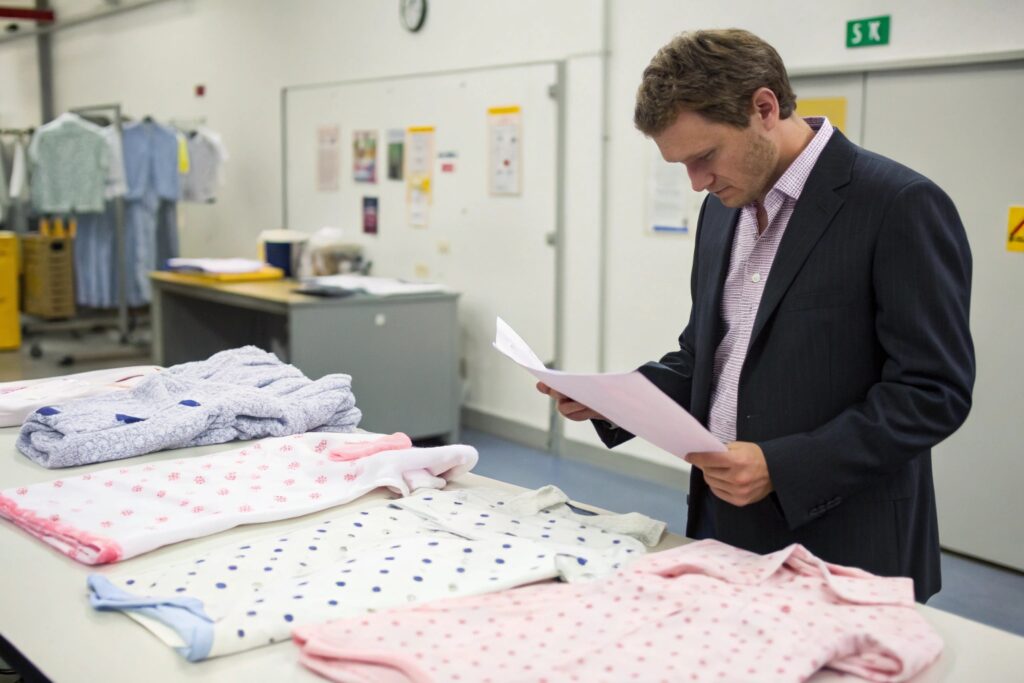
Why is the CPC important for safety?
The CPC plays a crucial role in ensuring that baby products are safe for use. It helps protect children from potentially dangerous products and reassures parents that the baby clothes they purchase have been tested for safety. Without a valid CPC, you cannot legally sell your baby clothes in the U.S. market.
How do I obtain a CPC for my baby clothes?
To obtain a CPC, manufacturers must have their products tested by a third-party testing laboratory to ensure compliance with CPSC regulations. Once the tests are complete and the product is deemed safe, the manufacturer or importer must issue a CPC. This document should be kept on file and must be provided to the CPSC or retailers if requested.
Additional Certifications for Selling Baby Clothes Globally
Selling baby clothes internationally means complying with a variety of safety standards depending on the region. From Europe to Asia, each market has its own certification requirements for baby products. These certifications ensure that products meet local safety regulations, helping you avoid legal issues and build trust with customers.
Which other certifications are needed to sell baby clothes internationally?
In addition to U.S. certifications, many other regions require their own certifications to ensure that baby products are safe. For instance, in Europe, baby clothes must bear the CE marking, indicating that they comply with European Union safety standards. Similarly, Canada has its own safety requirements under Health Canada, which govern products like clothing, toys, and baby gear.
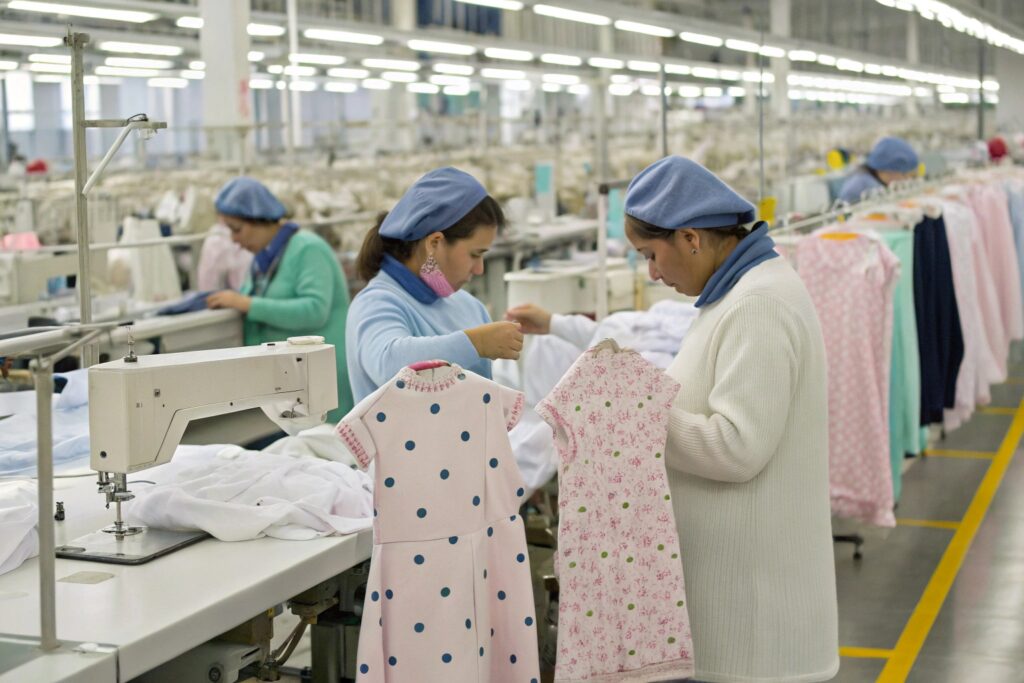
What are the global standards for baby clothes?
Different countries have different standards for baby clothing, so it is important to be aware of these regulations before entering new markets. For example, the CE marking is required in the European Union to confirm that products meet EU safety standards. In Canada, the regulations under Health Canada's Consumer Product Safety Program require baby clothes to meet specific flammability and safety requirements.
How do I obtain certifications for international markets?
Obtaining certifications for international markets typically involves a testing and approval process specific to each region. Depending on the country, you may need to submit your products for safety testing or provide documentation that proves compliance. Testing is usually conducted by accredited third-party laboratories that specialize in consumer products.
Conclusion
Selling baby clothes internationally requires a detailed understanding of the various testing, certifications, and safety regulations that govern these products. To succeed in the global market, it's essential to ensure that your products meet the required safety standards, such as obtaining a Children’s Product Certificate (CPC) for the U.S. or the CE marking for Europe. By staying informed about these regulations and ensuring compliance, you can successfully navigate the complexities of selling baby clothes internationally while building a trusted brand that parents rely on for safe, stylish babywear.

